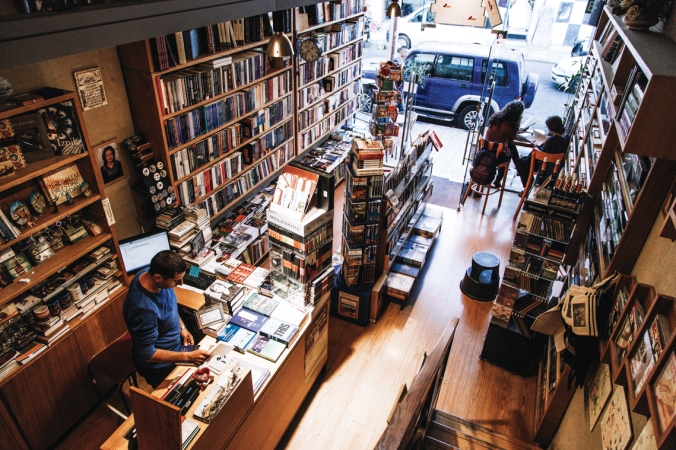 Earlier this year, the American TV network NBC screened Dig, an action series set in Jerusalem. The series focuses on an FBI agent, Peter Connelly (Jason Isaacs) who is investigating the murder of an American archaeologist.
Earlier this year, the American TV network NBC screened Dig, an action series set in Jerusalem. The series focuses on an FBI agent, Peter Connelly (Jason Isaacs) who is investigating the murder of an American archaeologist.
Mystery and adventure ensue, with the agent uncovering a cult and conspiracy that have seen the series compared (not exactly favourably) to Indiana Jones and the Da Vinci Code.
Dig, co-created by Gideon Raff, creator of the Israeli TV show Prisoners of War and its more internationally well-known American counterpart Homeland, caused controversy before it reached TV screens. Indeed, the levels of debate about the series before it was shown seem greater than the rather muted reception it received when finally aired.
Set and partly filmed in East Jerusalem, notably in the Israeli ‘City of David’ settlement, located in the Palestinian neighbourhood of Silwan, Dig prompted widespread protests from Palestinian civil rights organisations over its apparent normalisation of Israeli control and colonisation of a Palestinian area of the city.
The series was scheduled to be filmed in its entirety in East Jerusalem, but production was moved to the rather less authentic location of Albuquerque, New Mexico, following the Israel Defence Force’s launch of Operation Protective Edge in July 2014.
The series provoked further controversy over NBC’s receipt of a multi-million dollar grant from the Jerusalem municipality, designed to encourage filming in the city and to ‘help brand Jerusalem and the State of Israel in a positive light.’
Dig‘s themes, and the troubled process by which it came to our screens, highlight the longer associations between archaeology and colonisation, in Israel and elsewhere. As scholars such as Nadia Abu El-Haj, Nur Masalha and Keith Whitelam have noted, archaeological practice has contributed to the establishment of ‘facts on the ground’ which appear to naturalise contemporary Israel’s ‘ancient’ roots, and serve to strengthen Israeli territorial sovereignty today.
In this light Dig‘s tagline, ‘The deeper you dig, the further you get from the truth’, seems unintentionally apt.
Israeli archaeological interests have facilitated more direct violence against Palestinians, in demolitions, house takeovers and increased surveillance, as well as leading to the destruction of some non-Jewish archaeological sites.
The New Inquiry recently posted an excellent and wide-ranging review of Dig, written by Molly O. Taking in the politics of the series itself and of its production, its televisual context in earlier collaborations between Israeli and U.S. TV stations, and the role played by culture in Israeli ‘soft power’, the review also offers reflections on the wider stakes in representing Jerusalem. As O notes:
In addition to its narrative mystery, Dig’s mass appeal depends on its ability to produce an image of Jerusalem that posits the city as a potential site of social salvation.
Scholars on Twitter offered lighter thoughts on the series with the hashtag #ScholarsDig, calling out some of its archaeological inconsistencies (Assyrian square script on a breastplate, apparently, rather than paleo-Hebrew), the less convincing ways in which it represents modern Jerusalem (could you really walk into the Holy Sepulchre so easily on Holy Saturday?), and, as you might suspect, its rather implausible plot (a bit too much Ark of the Covenant for most).
If you caught the series, do let us know what you made of it.
Hannah Boast




 Quebecois graphic novelist Guy Delisle’s Jerusalem: Chronicles From the Holy City (Jonathan Cape, 2012) is a collection of short comic strips which record Delisle’s year in East Jerusalem with his wife, a doctor for Medecins Sans Frontières.
Quebecois graphic novelist Guy Delisle’s Jerusalem: Chronicles From the Holy City (Jonathan Cape, 2012) is a collection of short comic strips which record Delisle’s year in East Jerusalem with his wife, a doctor for Medecins Sans Frontières.

